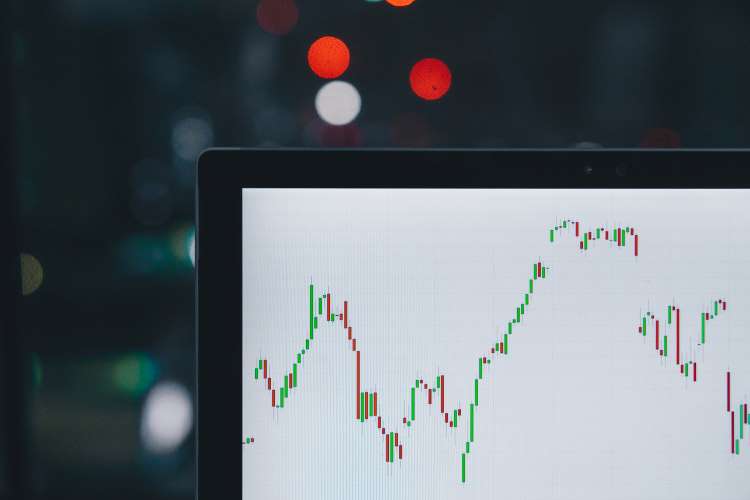
India should get a digital rupee: A major change since the last shadow monetary policy committee meeting is the war between Russia and Ukraine. The immediate impact is felt on commodity prices. The biggest effect to watch out for, apart from inflation, current account deficit and fiscal deficit, is the impact on income and consumption. There are two parts to that — crude oil and other commodity prices.
As far as other commodity prices are concerned, India is going to benefit from wheat and iron ore. The country will lose out on other commodities as it is left with is the huge increase in crude oil prices which will become a kind of tax on income. So, people lose a portion of their real income in terms of trade effects. This means economic recovery and private consumption will slow down, affecting GDP growth.
READ I ‘India’s unemployment crisis an opportunity to create an economic miracle’
Private investment to puck up in H2
India should see a recovery in contact services in the first three months of the current financial year. Real estate will show visible recovery in Q2. Private investment recovery will start in the second half of the year. The net result of all this on GDP is that the range of uncertainty of the forecast, which was given as 7.5 +/- 0.5%, will now be expanded to 1%. The uncertainty in GDP growth is connected to the huge uncertainty on oil prices that is forecast for the full year to be 100 +/- 20 because there are many reasons including sanctions on Iran and restrictions on Russian oil exports.
The Important effects which will keep coming back at us during the year are:
- There are two possible scenarios — one a messy win for Russia and the other is a messy loss for Russia. In both scenarios, Ukraine will be the loser and some form of sanctions against Russia is going to stay.
- There will be restructuring of oil and gas trade. From Russian oil and gas going to Europe to Russian oil and gas being redirected to China and European demand shifting to West Asia.
- A speeding up of investment in non-conventional energy sources.
- Revival of nuclear power in Europe.
- Russia-China linkage will continue getting stronger and closer. There is going to be an increase in closeness between Russia and China economically.
- Technological decoupling will accelerate. Decoupling of technology will happen into two loosely led blocks- one led by the US and the other led by China.
A supply chain diversification will happen and the process will accelerate. Supply chains have been shifting to India since last year, slowly, but a new jump in this will happen where companies and firms will take up full-fledged shifting of supply chains. The way of thinking about it is changing in the US.
READ I Timely action on inflation needed to avert hard landing, says Maurice Obstfeld
Diversification of defence purchases
India is heavily dependent on Russia for defence imports. The ongoing war will have a dual effect on the imports. One is in terms of low and medium technological items and the other is in high-tech items and finally nuclear. In low and medium tech, India will accelerate Atmanirbhar Bharat schemes in defence production. So, there will be greater opportunities for private sector to invest in low and medium tech items.
On the high-tech side, hybridisation will take place because certain items like electronics, which have faced the brunt of sanctions, some electronic parts will be made in India or will be imported from some other countries like France, Israel or the US and then put together along with system parts which will be brought from Russia.
Digital rupee to future=proof payments
The actions which the US and Europe have taken will have important medium-term effects on many central banks which were thinking about diversification in different ways. As a means of reducing risks in the international payments systems for the future is to initiate what may be called a convertible digital rupee.
Before the conflict in Ukraine, the digital rupee was thought of a small initiative, a replacement for physical currency. Now, the convertible element of rupee is essential, all it requires is to use the technology developed in UPI with some improvements and addition of an anonymity protocol. We already have the structures and ease of doing it and it is important to have a digital rupee to compete with the Yuan. We will remain in the block led by the US, but we should still aim to have our own convertible currency.
(Arvind Virmani is Chairman of EGROW Foundation, a Noida-based think tank. He is a former chief economic adviser to the finance ministry. This article is a reproduction of his presentation at EGROW Foundation’s shadow MPC meeting held on April 1.)
